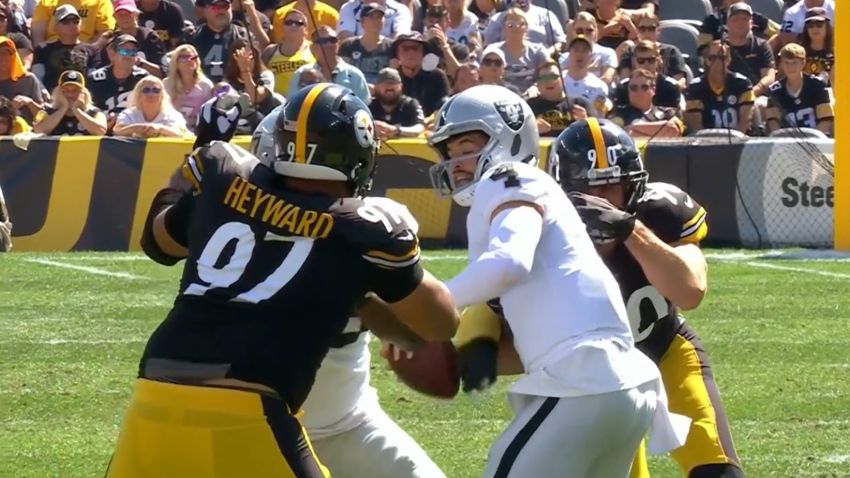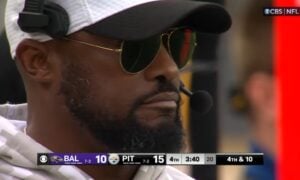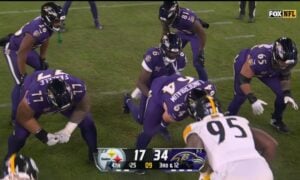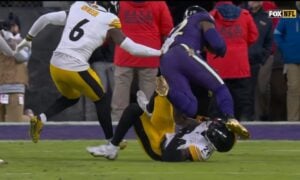While the core tenets of the game don’t make a habit of fluctuating very much over the course of time, football certainly goes through its evolutions and phases. Starting in the 70s and going from there, players started to become much bigger. In more recent years, including in the trenches, the emphasis has been placed back on athleticism, increasingly, as the priorities of the game have changed.
Pittsburgh Steelers defensive lineman, himself listed at 295 points, recalls going up against the big boys when he broke into the league in 2011 when he was drafted in the first round. I can readily recall reports of him having skirmishes with an annoyed Ramon Foster.
“Well, shoot, when I first started, our average O-line was like, 340, 330”, he recalled, talking with Pat McAfee yesterday at the Combine. “Willie Colon, Chris Kemoeatu, Max Starks, was like 360. Then we had backup guys like Trai Essex, who was pretty big. I think the small guy was [Maurkice] Pouncey, and he was like, 315”.
While you can certainly still find players with size, they’re often not the top-flight prospects, unless they are incredibly physically gifted. You can even see that in the Steelers’ own starting offensive line, including their two rookie starters from a year ago. And Heyward doesn’t have a problem with this trend, for his own sake.
“I love it. I love seeing the little centers that are like, 290, pushing it, and it’s like, ‘okay, you’re about to get bulled the entire game’”, he told McAfee, which got a pretty good laugh. Of course, he could easily be describing his own center.
When it comes to Heyward, of course, he is both big and strong and athletic as well. Not elite athleticism, but more than enough to hang with the smaller, more athletic interior linemen of today—when he’s not bull-rushing them into their own quarterbacks.
After all, he is coming off of a first-team All-Pro, 10-sack, 89-tackle campaign for the Steelers a year ago, at the age of 32. Such a level of play has become par for the course for him over the second half of his career, which has been Hall of Fame-caliber.
Of course, it doesn’t matter how big you are. Heyward still has the strength to drive you back, like he did to the 330-pound All-Pro Quenton Nelson. And it’s not all about sheer physical strength, but also a strong grasp on fundamentals and a healthy dose of tape study.
If you’re collapsing the pocket, especially these days, it’s also essential to do it in a hurry, however. If you can’t have the center in the quarterback’s lap in about two seconds, then you’d better be reading his eyes and estimating where the throwing lane is going to be—something at which Heyward also excels.








